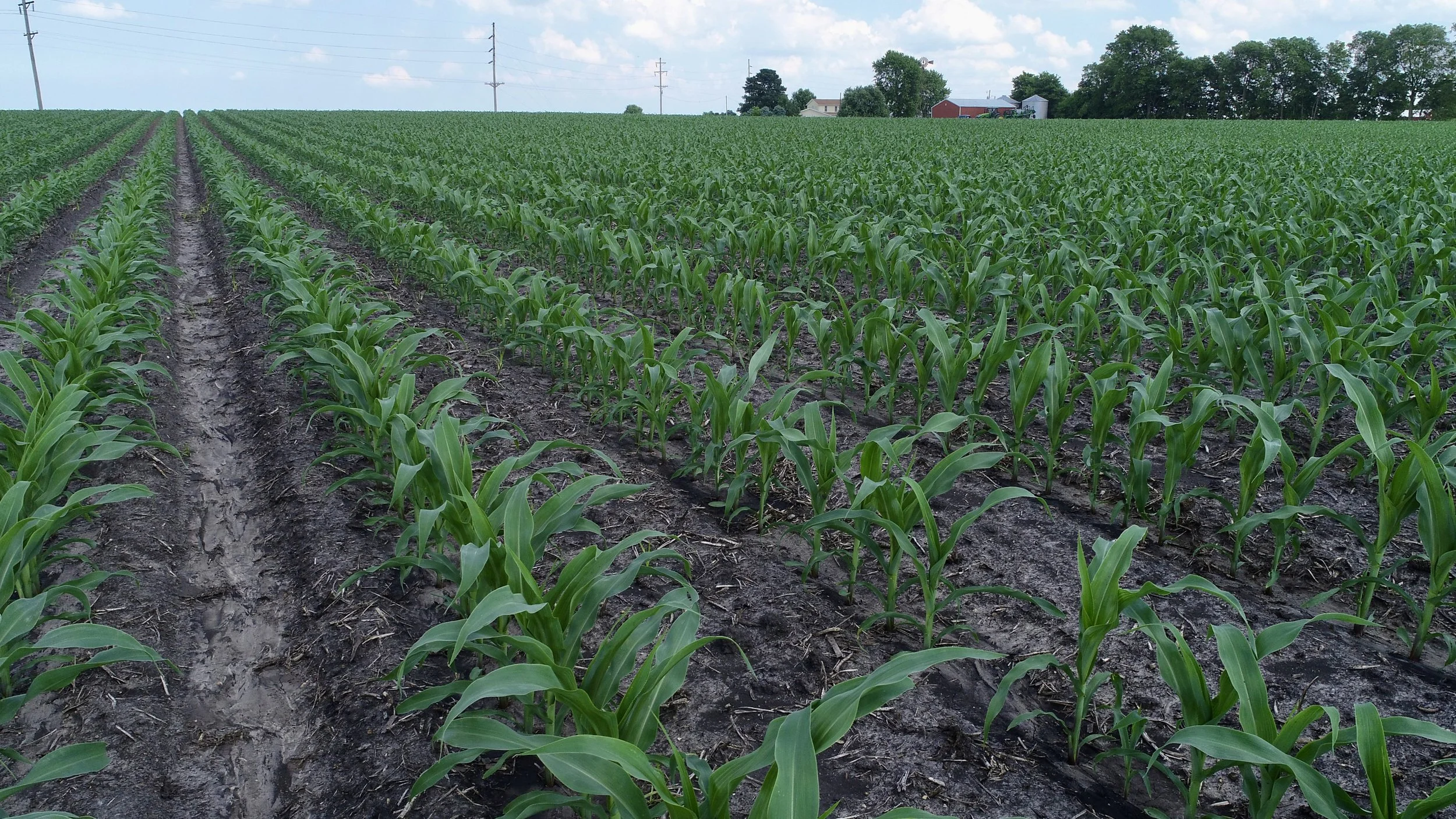If you are a land owner this is an opportunity to harvest hidden tax deductions.
IRS Section 180?
180. Expenditures by farmers for fertilizer, etc.
(a) In general
A taxpayer engaged In the business of farming may elect to treat as expenses which are not chargeable to capital account expenditures (otherwise chargeable to capital account) which are paid or incurred by him during the taxable year for the purchase or acquisition of fertilizer, lime, ground limestone, marl, or other materials to enrich, neutralize, or condition land used In farming, or for the application of such materials to such land. The expenditures so treated shall be allowed as a deduction.
3/23/2024
Landowners,
I've reached out to individuals I know are landowners, whether they've recently purchased or inherited land within the past 15 years (and occasionally extending further back on a case-by-case basis). Additionally, I've conducted research on Section 180 and this company to verify its legitimacy and trustworthiness. I've spoken with farmers who have engaged in the process, including the large landowner in Iowa, who confirmed its effectiveness by saying, "Yes, I've been doing it for years." Furthermore it’s been vetted and endorsed by scores of local and national CPA firms and experts.
Friend of mine in Iowa just told me about and I just had to share this.
In summary, there are minerals and fertility present in your soils, both in crop and rangeland, which hold value. This company will quantify these assets through soil testing and create an appraisal fertility report that will be readily available for your CPA. These minerals and fertility can be deducted as a capital asset under IRS Section 180.
For instance, using the national average of $1300/acre, on a 100-acre plot, this could translate to a $130,000 tax deduction.
Check out the link below, it’s a very simple process (red box below).
This was something I just had to share,
Thanks, Chad
The process includes 3 simple steps:
Sampling Soils
Boa Safra conducts comprehensive agricultural soil analysis by collecting soil samples from various depth profiles to ascertain historical nutrient levels at the time of land acquisition. These thorough soil testing services offer multifaceted benefits for landowners, enabling them to claim soil deductions and tax benefits, while also facilitating informed farming decisions consistent with their current sampling practices. The samples undergo testing for macro and micronutrients, alongside other pertinent soil characteristics.
While some landowners may engage Boa Safra exclusively for soil testing purposes, the majority consider it as the initial step in evaluating tax benefits and deductions.
The soil testing procedure involves gathering samples at two distinct depths to evaluate nutrient levels. The first set of samples focuses on assessing nutrient levels in the shallow, readily available zone for plants. Meanwhile, the second set, obtained at a deeper depth, serves for comparative analysis. As anticipated, the shallow samples typically display lower nutrient levels compared to the deeper ones, attributable to the reduced soil volume. Shallow samples are utilized for deduction calculations, while deeper samples provide supplementary data to bolster deductions against potential challenges.
For properties acquired previously, Boa Safra employs proprietary algorithms to retrospectively estimate nutrient levels at the time of purchase. This process entails analyzing recent soil tests, crop production data, and fertilizer application records.
Establishing Nutrient Values
After establishing the quantities of legacy nutrients, Boa Safra's agricultural soil analysis utilizes its extensive historical databases containing pricing information on nutrients to ascertain their value at the point of acquisition. These datasets are sourced from publicly available information, capturing price fluctuations over time and across different geographic regions, and are subsequently integrated into the comprehensive final report.
Generating Comprehensive Reports




